Essential Tips for Successful Plumbing Installation
- Staff Desk
- Mar 3
- 7 min read
Updated: Aug 4
This post contains sponsored content, affiliate links, and or paid guest contributions. We value transparency and strive to follow FTC guidelines.

In this article, we'll explore essential tips that will guide you through the plumbing installation process, ensuring efficiency, durability, and compliance with local codes. With comprehensive planning and the right tools, you can approach any plumbing project with confidence and expertise.
Understanding the Basics of Plumbing Installation
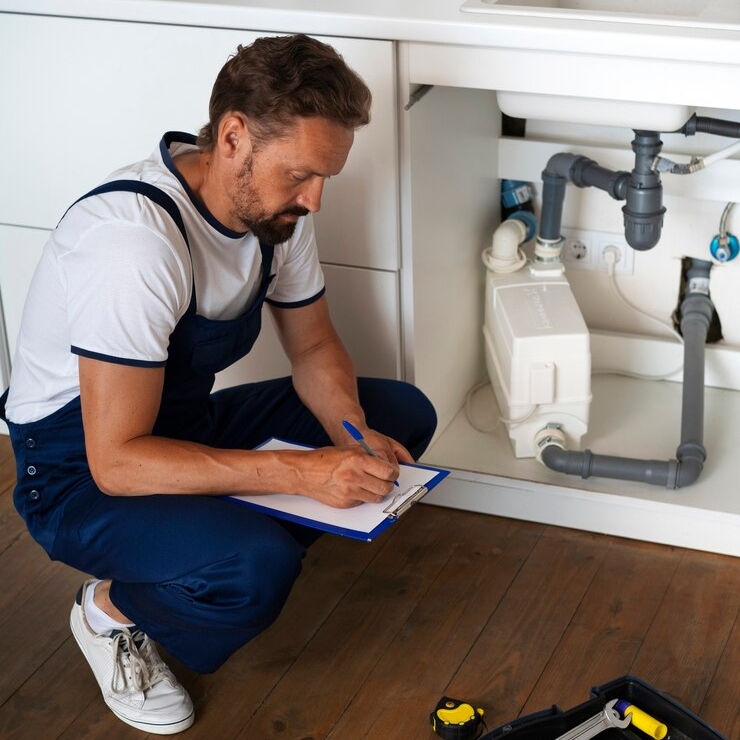
Before diving into the installation process, it's important to have a solid understanding of the fundamental components of a plumbing system. Plumbing involves a network of pipes, fixtures, and fittings that work together to deliver clean water and remove waste. A thorough understanding of these components will provide the foundation for a successful plumbing installation.
The Role of Pipes in Plumbing
Pipes are the arteries of any plumbing system, responsible for transporting water to and from fixtures. Different materials such as copper, PVC, and PEX offer various benefits and drawbacks. Selecting the right type of pipe is crucial for the longevity and performance of your plumbing system. Consider factors such as water pressure, temperature, and the chemicals present in your water supply when choosing pipes.
Fixtures: More Than Just Functional
Fixtures are the visible elements of your plumbing system, including sinks, toilets, showers, and bathtubs. They are not only functional but also contribute to the aesthetic appeal of your space. Selecting quality fixtures that match your design preferences can enhance the overall look of your home. Moreover, energy-efficient fixtures can save water and reduce utility bills.
The Importance of Fittings
Fittings are the components that connect pipes and fixtures, ensuring a watertight seal. They come in various shapes and sizes to accommodate different plumbing needs. Proper selection and installation of fittings are critical to prevent leaks and ensure the system's integrity. Understanding the different types of fittings and their applications can help you make informed decisions during installation.
Essential Tools for Plumbing Installation

A successful plumbing installation requires the right set of tools. Without them, even the simplest tasks can become challenging. Equipping yourself with the proper tools will not only make the job easier but also help achieve professional results.
Must-Have Tools for Every Plumber
Every plumber, whether professional or amateur, should have a basic toolkit that includes a pipe wrench, hacksaw, plumber's tape, plunger, and pipe cutter. Each tool serves a specific purpose and is essential for tackling various plumbing tasks. Investing in quality tools will ensure durability and reliability throughout multiple projects.
Specialized Tools for Complex Tasks
In addition to basic tools, certain projects may require specialized equipment. For instance, a basin wrench is indispensable for working in tight spaces under sinks, while a pipe flaring tool is necessary for creating leak-proof joints in copper piping. Understanding when and how to use these specialized tools can expand your capabilities and improve installation outcomes.
Maintaining Your Tools for Longevity
Regular maintenance of your plumbing tools is essential to ensure their longevity and effectiveness. Clean and store them properly after each use to prevent rust and damage. Regularly inspect tools for wear and tear and replace any that are no longer safe to use. Well-maintained tools are a wise investment that can pay off over time.
Planning Your Plumbing Installation
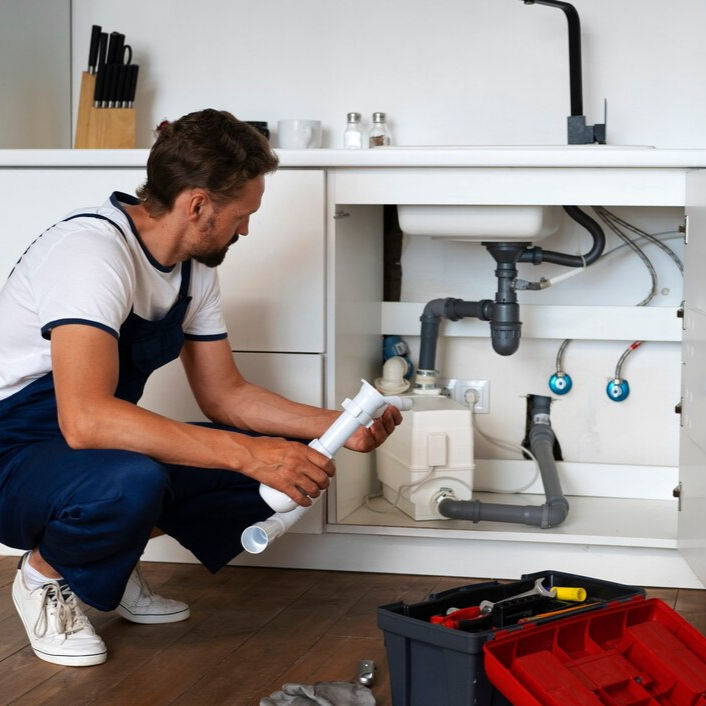
Before you start your installation, it's important to plan thoroughly. Proper planning can help you anticipate challenges and ensure that all aspects of the project are addressed. A well-thought-out plan is the backbone of a successful plumbing installation.
Assess Your Needs and Set Goals
Determining your specific needs is the first step in planning a plumbing installation. Consider the number of fixtures required, the layout of your space, and any special features such as water filtration systems or energy-efficient appliances. Setting clear goals will guide your decisions and keep the project on track.
Develop a Comprehensive Plan
Create a detailed plan that outlines the layout of your plumbing system. This plan should include the location of all pipes, fixtures, and fittings, as well as the sequence of installation tasks. Visualizing the entire system will help identify potential issues and ensure that all components are accounted for before you begin.
Research and Adhere to Local Codes
Ensuring compliance with local building codes is crucial to avoid potential fines and ensure the safety and legality of your installation. Research the specific requirements in your area, as codes can vary significantly. Staying informed about regulations will prevent costly mistakes and ensure that your installation meets all necessary standards.
Step-by-Step Plumbing Installation
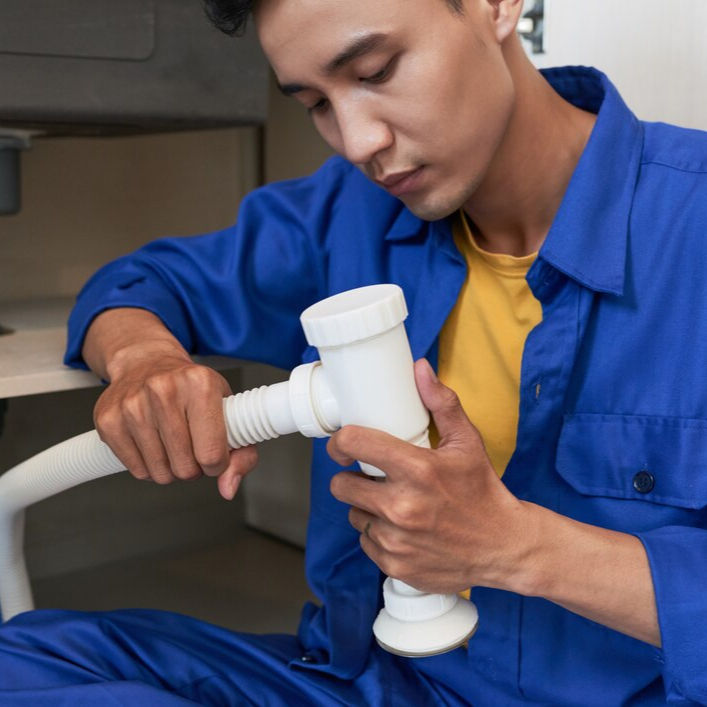
Executing a plumbing installation involves several key steps, each of which must be performed with care and precision. Following a methodical approach will help avoid common pitfalls and ensure a successful outcome.
1. Shut Off the Water Supply
Before starting any plumbing installation, always shut off the water supply to prevent leaks and water damage. This simple step is crucial for avoiding unnecessary complications and ensuring a safe working environment. Double-check that the water is completely off before proceeding with installation.
2. Install Pipes with Precision
Begin by installing the main water supply lines. Use a pipe cutter to achieve clean cuts and connect pipes using appropriate fittings. Ensure all connections are secure to prevent leaks. Taking the time to ensure precision during pipe installation will pay off in the long run with a reliable and efficient system.
3. Properly Install Fixtures
Once the pipes are in place, install the fixtures according to the manufacturer's instructions. Each fixture may have specific requirements, so following the guidelines is essential for proper installation. Careful attention to detail during this step will ensure that fixtures function correctly and look their best.
4. Thoroughly Test the System
After installation, turn the water supply back on and test the system for leaks. Check all connections and joints, tightening any that show signs of leakage. A thorough test will confirm that the system is functioning as intended and allow you to address any issues before they become major problems.
5. Conduct a Final Inspection
Perform a final inspection of the entire system to ensure everything is functioning correctly and complies with local codes. This comprehensive check is the last line of defense against potential issues and ensures that your plumbing installation is safe, efficient, and reliable.
Common Plumbing Installation Mistakes to Avoid

Even with careful planning, mistakes can happen. Being aware of common pitfalls can help you avoid them and ensure a smoother installation process.
Avoid Overtightening Connections
Overtightening connections can damage fittings and cause leaks. It's important to apply just the right amount of pressure to ensure a secure connection without compromising the integrity of the components. Knowing the appropriate torque for different materials and fittings can prevent this common mistake.
Stay Compliant with Local Codes
Ignoring local codes can lead to fines and safety hazards. Ensure that your installation adheres to all relevant regulations, and seek professional guidance if you're unsure about specific requirements. Compliance not only ensures safety but also protects you from legal and financial repercussions.
Use the Right Materials
Using incompatible materials can lead to corrosion, leaks, and system failures. Make sure that all components are compatible and suited for the specific conditions of your plumbing system. Researching material properties and consulting with experts can help you make informed choices and prevent costly errors.
Plumbing Maintenance Tips
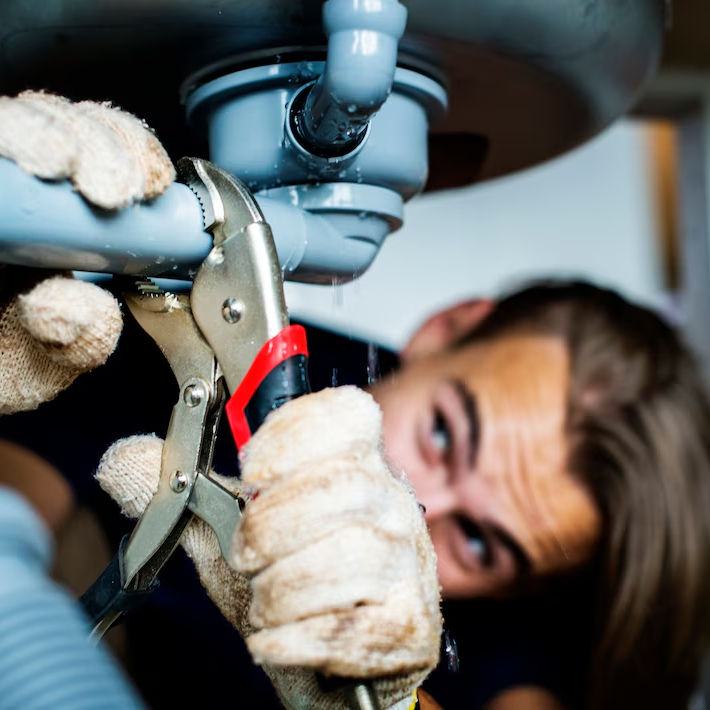
To keep your plumbing system running smoothly, regular maintenance is key. Preventative care can extend the life of your system and minimize the risk of unexpected issues.
Regular Inspections for Early Detection
Conduct regular inspections to check for leaks, corrosion, and signs of wear. Early detection of issues can prevent small problems from becoming major repairs. Establishing a routine inspection schedule can help you stay on top of maintenance and address issues promptly.
Keep Drains Clean and Clear
Regularly clean drains to prevent clogs and backups. Simple practices like using drain screens and avoiding the disposal of grease and food particles can maintain clear and efficient drains. Consistent drain maintenance is an easy way to prevent common plumbing problems.
Monitor and Adjust Water Pressure
Ensure that water pressure is within recommended limits to avoid strain on pipes and fixtures. High water pressure can cause leaks and damage over time, while low pressure can affect system performance. Installing a pressure regulator and monitoring pressure levels can help maintain optimal conditions.
When to Call a Professional
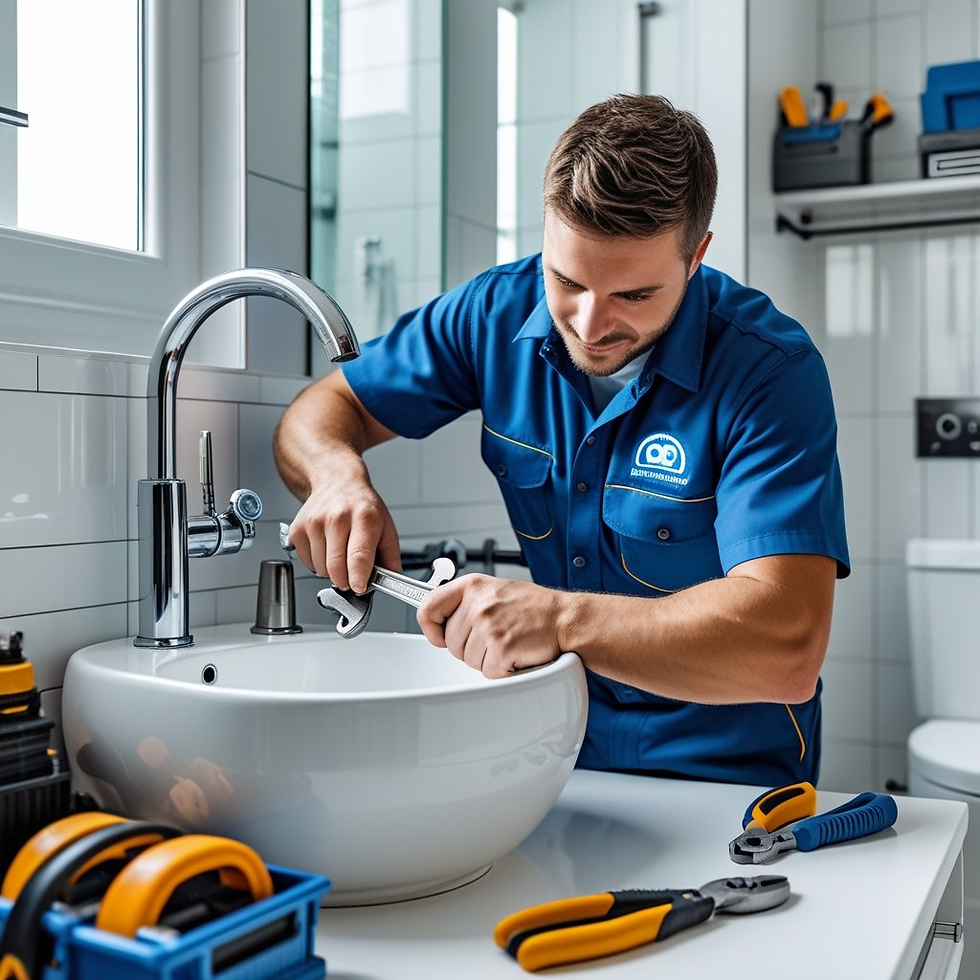
While many plumbing installations can be handled on your own, there are times when professional help is necessary. Recognizing when to seek expert assistance can save time, money, and frustration.
Know Your Limits
If you're unsure about any part of the installation process, it's best to call a professional. Attempting complex tasks without the necessary knowledge can lead to costly mistakes. A professional can provide guidance and ensure that the job is done correctly.
Handle Complex Systems with Care
Projects involving complex systems or requiring special permits are best left to professionals. These projects often involve intricate designs and regulatory requirements that demand specialized expertise. Trusting a professional with such tasks ensures that all aspects of the project are handled with care and precision.
Address Persistent Issues Promptly
If you encounter persistent leaks or other issues, hiring a professional is crucial. Delaying professional intervention can exacerbate problems and increase repair costs. A skilled plumber can quickly diagnose and resolve issues, restoring your plumbing system to optimal condition.
Conclusion
Plumbing installation is a critical aspect of any building project. By understanding the basics, planning carefully, and following best practices, you can achieve a successful plumbing installation that is efficient, durable, and compliant with local codes. Remember, when in doubt, don't hesitate to call in a professional to ensure the best results.
With these essential tips, you're well on your way to mastering plumbing installation and ensuring your system runs smoothly for years to come. Whether tackling a small renovation or a major construction project, the knowledge and skills gained from careful preparation will serve you well in achieving a reliable and high-performing plumbing system.



Comments